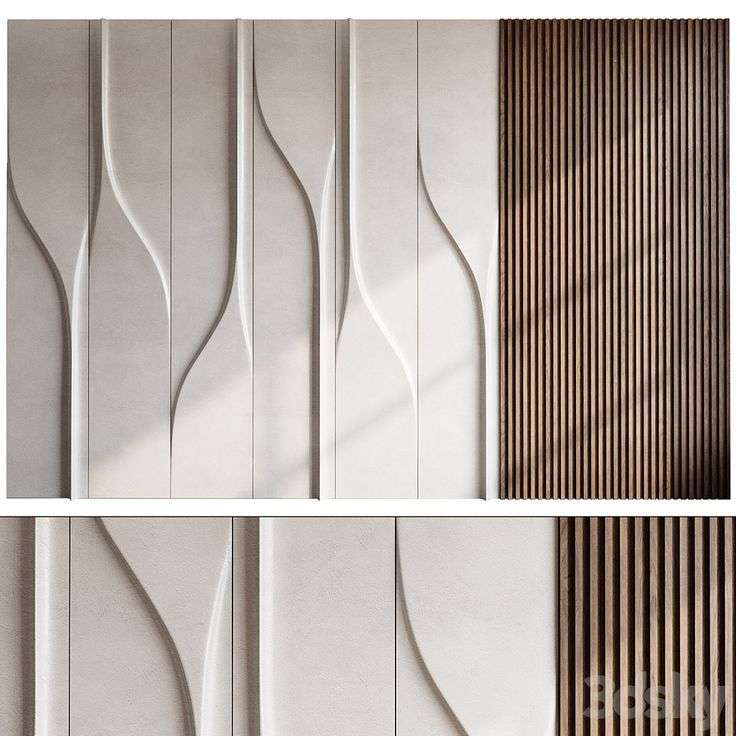
In today’s fast-paced world, finding moments of peace and relaxation is more important than ever. Meditation and yoga offer powerful ways to calm the mind, rejuvenate the body, and cultivate a sense of inner peace. One of the key elements in enhancing these practices is creating the right environment. A well-designed meditation and yoga space can significantly elevate your practice, helping you find focus, clarity, and tranquility.
Whether you have an entire room or just a corner in your home to dedicate to meditation and yoga, the space should reflect serenity, simplicity, and comfort. In this blog, we’ll explore how to design a peaceful meditation and yoga space that supports mindfulness and relaxation.
1. Choose the Right Location
Selecting the right location is the first step in creating a peaceful environment for yoga and meditation. Ideally, this space should be quiet, free from distractions, and conducive to relaxation.
- Natural Light: Opt for a space that receives natural light to help create a calming atmosphere. Sunlight has been shown to boost mood and energy, making it perfect for morning yoga or meditation sessions. If possible, place your yoga mat or meditation cushion near a window to enjoy the benefits of daylight.
- Away from Noise: Choose a space that’s away from the hustle and bustle of the house. Avoid locations near noisy appliances, high-traffic areas, or places where family members frequently gather. If you don’t have a dedicated room, consider carving out a peaceful corner in a bedroom, living room, or even a balcony.
- Outdoor Spaces: If you have access to a garden, balcony, or patio, you can also set up an outdoor yoga and meditation space. Nature’s calming presence, along with the fresh air, makes it a perfect environment for mindfulness practices.
Tip: If possible, select a space where you can easily open a window for fresh air, or add some plants to purify and refresh the room’s atmosphere.
2. Choose Calming Colors
Colors play a significant role in setting the tone of any space. For a meditation or yoga area, it’s important to choose colors that promote relaxation and mindfulness. Soft, muted tones work best in creating a peaceful and soothing ambiance.
- Neutral and Earthy Tones: Shades like beige, cream, soft brown, and gray can help foster a sense of calm and balance. These colors are grounding and create a serene backdrop for your practice.
- Soft Blues and Greens: Blue and green are colors associated with tranquility and nature. Light blue or soft green walls can evoke a sense of calm and serenity, making them ideal choices for a peaceful space.
- White or Light Pastels: White or light pastel shades like lavender, pale pink, and soft yellow bring a sense of openness and cleanliness to the space, which is essential for creating a fresh, serene atmosphere.
- Natural Materials: When choosing furniture or accessories, consider using natural materials such as wood, cotton, or stone. These organic elements help to establish a harmonious connection with nature, which is key in meditation and yoga spaces.
Tip: Avoid overly bright or bold colors, as they can be overstimulating and may interfere with your focus during meditation or yoga.
3. Create Comfortable and Functional Layouts
The layout of your meditation or yoga space should be designed to enhance comfort and flow. A clutter-free, spacious environment will help you focus on your practice without distraction.
- Yoga Mat and Meditation Cushion: Choose a comfortable yoga mat and meditation cushion to create a welcoming space. The yoga mat should be large enough to accommodate your movements, while a cushion or bolster provides support for seated meditation or relaxation poses.
- Open Floor Space: Ensure there’s enough open floor space for movement, stretching, and practicing different yoga poses. This may involve keeping the area free of unnecessary furniture or clutter.
- Seating for Meditation: If you prefer sitting for meditation, include a comfortable cushion, chair, or bolster to support your posture. Low-profile seating arrangements, such as floor cushions or bean bags, work well for this purpose.
- Storage for Props: Consider a small, discreet storage solution for your yoga props, such as blocks, straps, or blankets. A simple basket or small shelf will help keep the space organized and free from distractions.
Tip: Keep the space as minimalist as possible to avoid overwhelming your senses. The simpler, the better for fostering a peaceful atmosphere.
4. Incorporate Natural Elements
Nature has a calming and rejuvenating effect on the mind and body. Including natural elements in your yoga and meditation space can help you feel more connected to the earth and promote a sense of peace and tranquility.
- Indoor Plants: Adding greenery to your space not only purifies the air but also adds a sense of calm and serenity. Plants such as snake plants, aloe vera, peace lilies, and pothos are easy to care for and thrive in indoor spaces.
- Water Features: The sound of flowing water is soothing and can enhance the calm ambiance of your meditation space. A small tabletop fountain or a gentle water feature can help create a peaceful soundscape, promoting relaxation.
- Natural Materials: Incorporate natural materials like wood, bamboo, or stone to bring warmth and grounding energy to the space. A wooden shelf, bamboo flooring, or a stone sculpture can create an earthy and natural atmosphere.
Tip: Ensure that plants and natural elements are placed thoughtfully, so they don’t overwhelm the space. Keep the focus on creating a peaceful, clutter-free zone.
5. Lighting for a Calm Atmosphere
Lighting plays a crucial role in creating the right ambiance for yoga and meditation. Soft, dim lighting helps create a calming environment and sets the mood for relaxation.
- Soft, Diffused Lighting: Use lamps, sconces, or string lights that provide soft, diffused lighting rather than harsh overhead lights. Choose warm-toned bulbs for a cozy, inviting feel.
- Candles and Incense: Candles, especially scented ones, can enhance your meditation or yoga experience. Choose calming scents like lavender, sandalwood, or eucalyptus to help promote relaxation. Incense is another great option for adding soothing aromas to your space.
- Himalayan Salt Lamps: Himalayan salt lamps not only provide soft, warm light but are also believed to have health benefits, such as purifying the air and promoting relaxation.
Tip: Use adjustable lighting that allows you to change the intensity of the light depending on your mood or time of day. Dimmer switches or light with adjustable settings are ideal.
6. Add Personal Touches
Your meditation and yoga space should feel like a sanctuary, so it’s important to infuse it with personal touches that resonate with you and help you feel at ease.
- Inspirational Art or Quotes: Hang artwork or prints that inspire peace and mindfulness. This could be calming nature prints, mandalas, or motivational quotes related to meditation and personal growth.
- Sacred Objects: Many people like to incorporate sacred objects or symbols that have personal significance, such as statues of Buddha, crystals, or malas (prayer beads). These items can help deepen your spiritual practice and create a more meaningful atmosphere.
- Comforting Textiles: Soft throws, blankets, and pillows can add comfort and warmth to the space, encouraging relaxation and a sense of security. Choose natural fabrics like cotton, linen, or wool for a cozy, inviting atmosphere.
Tip: Keep the personal items minimal and intentional. The space should remain clutter-free to maintain its peaceful ambiance.
7. Sound and Aroma for Relaxation
Creating a multisensory experience in your meditation and yoga space can enhance the calming atmosphere and promote relaxation.
- Sound: Soft, ambient music, nature sounds, or even chanting can add to the peaceful environment. Consider playing calming instrumental music, nature sounds, or guided meditations to help you focus during your practice.
- Aroma: Aromatherapy can enhance relaxation during meditation and yoga. Use essential oils in a diffuser or light incense sticks to fill the room with calming scents like lavender, sandalwood, or jasmine.
Tip: Keep the use of sound and aroma subtle and gentle, avoiding anything too overpowering that could disrupt your peace.



